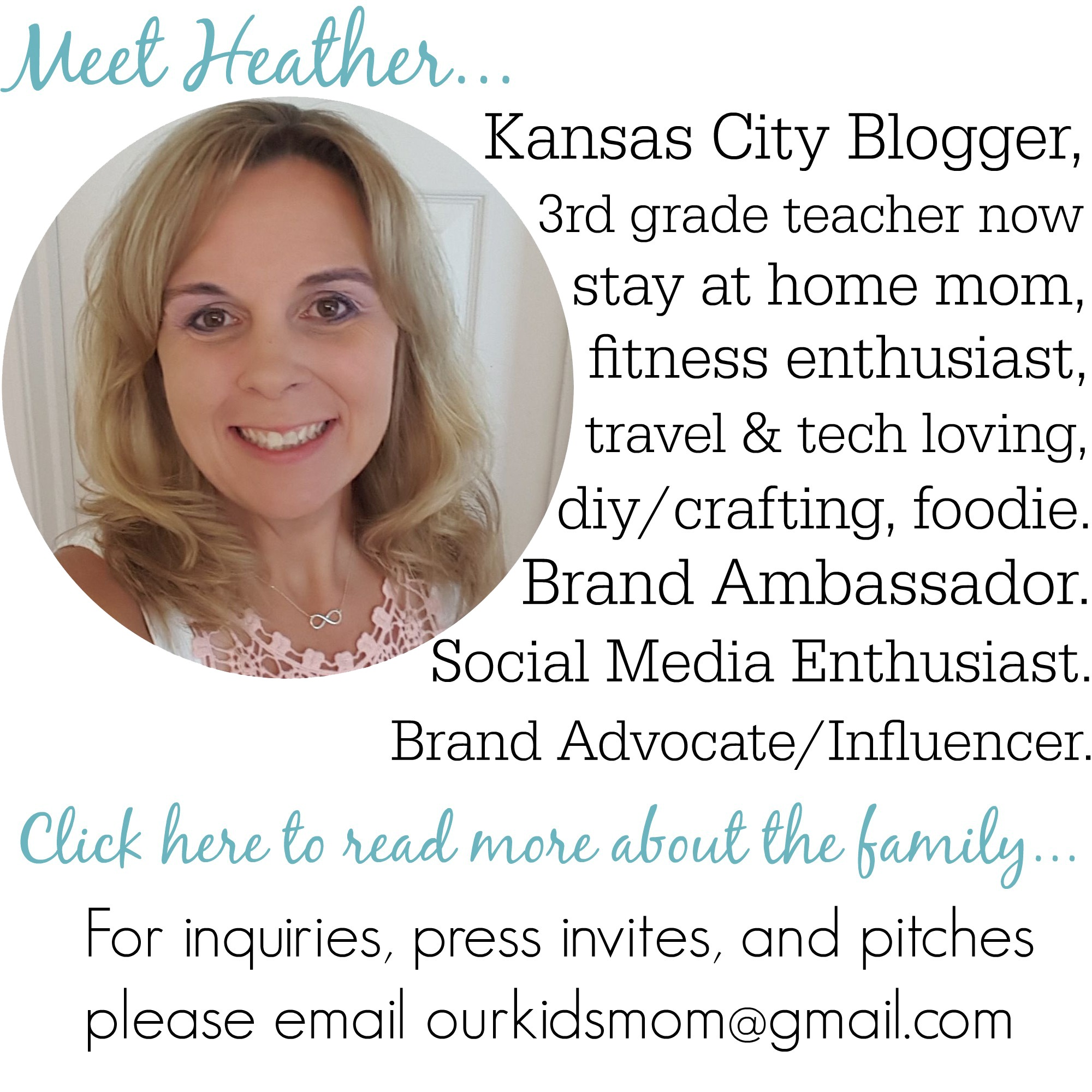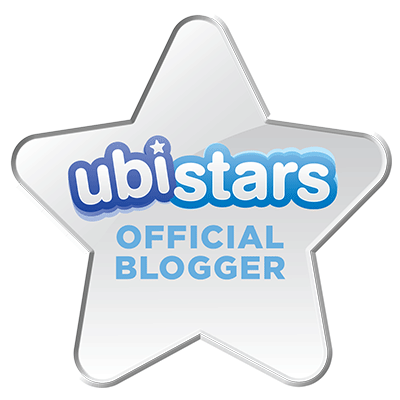Your resume is usually the first thing potential employers see. It gives employers a glimpse at your relevant skills and qualities that make you an ideal candidate for the position.

Your resume Is also what often gets you that important first interview, and this means you want your resume to be an accurate reflection of your skill set and represent you in the best possible light.
Sometimes, you need a little help with your resume, which is exactly when a professionally designed resume template can come in handy. However, which template should you use? There’s more than one to choose from.
Chronological Resume
A chronological resume is the most commonly used template. You list your job experience in chronological order, usually starting with your most recent position and working your way back. How far do you go back in your work experience? Typically, you want to go back at least ten years.
If you’ve only been in the workforce for a couple of years, no worries. A chronological resume template also lets you list your relevant education. This type of resume is pretty acceptable across industries.
However, if you only have a year or so of work experience and classroom time is limited, you may want to use a different resume template.
Functional Resume
Do you have plenty of skills but lack a work history? If so, you may want to go with a functional resume template. This type of resume focuses more on your skills instead of your work history.
This means you can go more in-depth on your skills that apply to the position you’re applying for. You’ll still list your prior work experience, only it’s not your resume’s primary focus.
Combination Resume
A combination resume is just what the name implies. This template uses elements from a chronological and functional resume. You can emphasize your past work experience and highlight your skills. This type of template is great if you have plenty of work history and experience in your industry.
Something to consider is space—you don’t want to send in a multiple-page resume. Most hiring managers only skim through a potential employee’s resume. You don’t want to scare off a hiring manager by sending in a resume resembling a book.
To avoid this issue, you may need to remove some of the template’s fields like a summary statement or a list of special interests. You want to keep your resume short and to the point. You can always bring up these other items during your interview.
Why Use a Resume Template
Your resume is an important tool in making a real impact and compelling first impression on potential employers. A disorganized or poorly structured resume is unlikely to help you secure a new position or achieve a promotion.
Utilizing a resume template can significantly streamline the process, guiding you on where and what information to include, ensuring all relevant details are covered. This structured approach results in a polished and professional resume that stands out to recruiters and hiring managers.
With a variety of templates available, you can select one that best showcases your distinct skills and experiences, thereby enhancing your chances of making a memorable impact.
















Add Your Comment